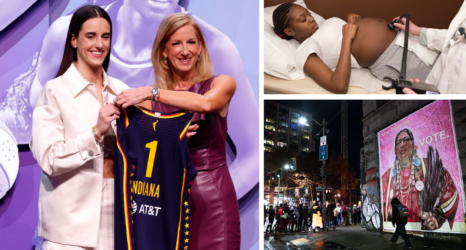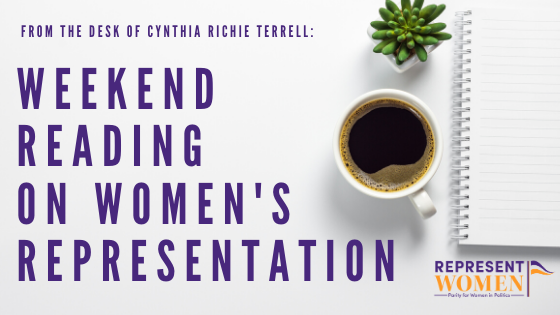
Weekend Reading on Women’s Representation is a compilation of stories about women’s representation in politics, on boards, in sports and entertainment, in judicial offices and in the private sector in the U.S. and around the world—with a little gardening and goodwill mixed in for refreshment!

News of Supreme Court decisions and the sweltering heat of Washington, D.C., are hard to avoid—but there have also been some developments related to women’s representation that caught my eye this week.
I was very glad to see that Gina Glantz and the team at Gender Avenger have updated their tool to track the representation of women on panels and more with a new setting that tracks women of color.
Here is an excerpt from the blog about the launch:
This week, GenderAvenger is releasing a new version of the GA Tally app that puts more emphasis on the representation of women of color. In this time of social change, our team explored how we could modify the GA Tally to challenge event organizers, best-of list-makers, and conversation hosts everywhere to ensure that the voices of women of color are included all the time. Otherwise, we will continue to have a public dialog that is incomplete.
Now, when there aren’t enough women of color present (a minimum of 25%) — even if women in general and men are equally represented — the GA Tally alerts you that there is more work to be done:
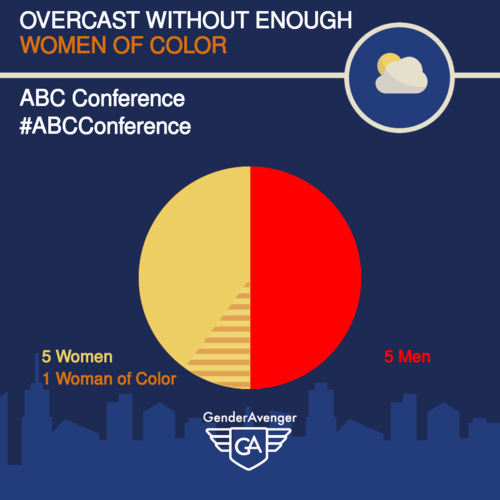
A pie chart can say a lot about who is at the table (or on Zoom) and who is heard. If you haven’t already, download the GA Tally and incorporate it into your everyday activist toolkit.
As GA Founder Gina Glantz says, “Always begin with the numbers.”
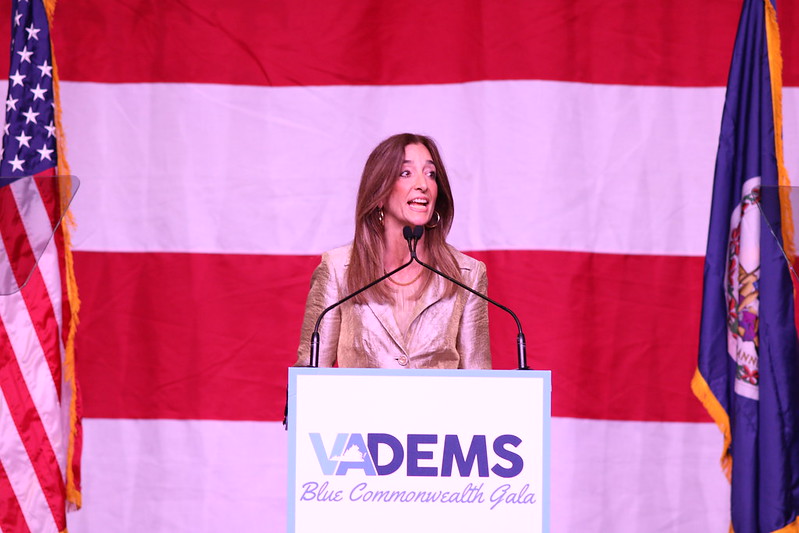
NSPA & ACP)
The team at New American Leaders have been looking at the composition of state legislatures and have issued a new report on the numbers that was featured in this piece on CNN by Kelly Mena:
Washington, DC (CNN) State legislatures are majority White and male, and are especially lacking in representation for first- and second-generation immigrants, according to a new report from New American Leaders, a nonprofit organization dedicated to helping naturalized citizens or their children run for elected office.
Of the current 7,383 state legislators in the U.S. more than 81% are White and over 71% are male, according to the report.
Black legislators make up just under 10% while Latinx politicians represent about a little more than 4% and Asian Pacific Islanders about 2%. Others, including Native Americans or those identifying as multi-racial, are all under 1%.
Those identified as “new Americans” — first- or second-generation immigrants — represent 3.5% of all seats. That does not include Latinx
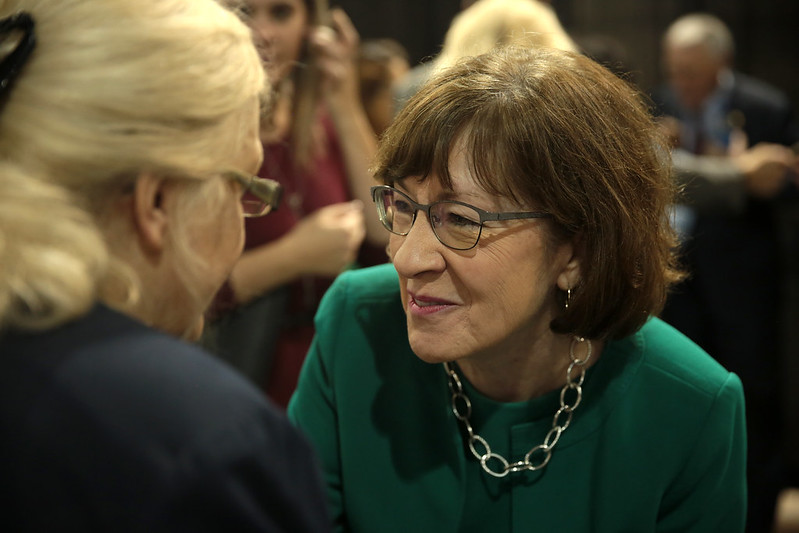
There were a number of stories this week about the prospects for republican women candidates this November including this one by Nancy LeTourneau in the Washington Monthly:
In 2018, Democrats set a record with 356 women running for House seats. After the election, the number of women Democrats serving in that body rose from 64 to 89. Meanwhile, the number of women Republicans serving in the House plummeted from 23 to 13.
Recently the Center for American Women in Politics announced the number of women running for House seats in 2020. While still not on par with Democrats, Republicans set a historic record with 224 women running, an 86 percent increase over 2018. As of Tuesday, 86 of those women lost their primary, with 141 still in the running. Eleven Republican women are running as incumbents, with 20 vying for open seats and 110 seeking to challenge an incumbent. Of course, the odds are stacked against that last group.
The dilemma some of these candidates face is whether to be loyal to the man at the top of the ticket.
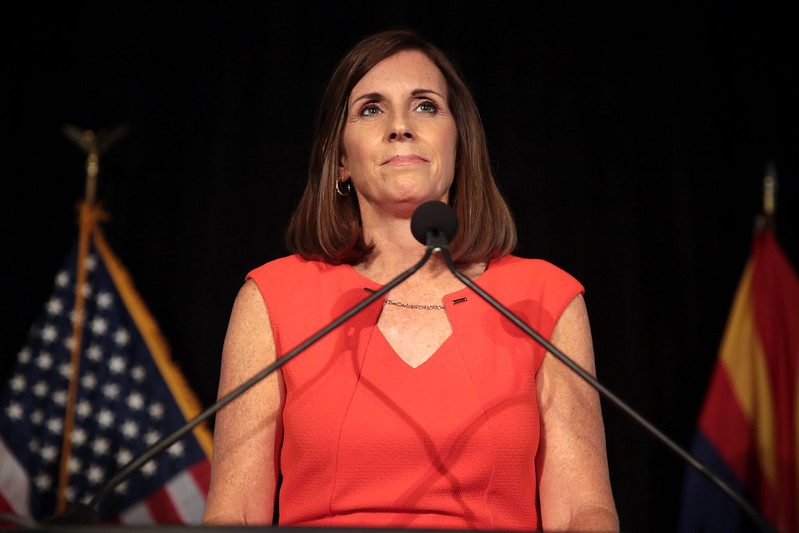
Another story in Politico by Marianne Levine and James Arkin discusses the likely decrease in the number of GOP women in the U.S. Senate in the 117th Congress:
Senate Republicans could lose nearly half of the women currently in their caucus come November after recently making painstaking gains — the latest potential blow to the party in the Trump era.
Out of nine Senate GOP women, four face highly competitive races this year in Arizona, Maine, Georgia and Iowa. It’s a dynamic that exists in part because Republicans have had some success in chipping away at the gender gap in Congress: the Senate GOP currently has an all-time high of women after nearly doubling the number of women in its conference since 2016. House Republicans have also enhanced their recruitment efforts after seeing their ranks shrink in 2018.
“It’s always been … a traditional weak spot for us,” said Sen. Shelley Moore Capito (R-W.Va.), who is also up in 2020, but in a relatively safe race. “Our numbers are not obviously as large as the Democrat Caucus, but we’re gaining on them.”
But Republicans face a challenging electoral environment up and down the ballot, particularly as suburban female voters have turned away from the party in droves out of antipathy for President Donald Trump. Losing those races would be a setback for the party’s efforts to broaden its representation — and to keep the Senate majority. Along with other battlegrounds in North Carolina, Colorado and Montana, they could decide which party controls the Senate.
Meredith Conroy considers the chances for GOP women to make gains in Congress in a piece on 538:
More women ran for office in 2018 than ever before, which led to a record number of women in Congress. Overall, the share of House and Senate seats held by women increased by 4 percentage points, from 20 to 24 percent — adding more women to the ranks than in any other election cycle since 1992.
However, these gains were primarily driven by Democratic women, who ran in large numbers: Almost three-quarters of the women who ran for Congress in 2018 were Democrats. But 2020 looks different. More Democratic women are still running for office than Republican women — and more Democratic women are running than in 2018 — but as the chart below shows, the share of all female candidates who are Republican has grown substantially, up from about a quarter in 2018 to 39 percent.
So what explains this sudden uptick in Republican women running? And are GOP women following Democrats’ 2018 playbook or writing their own? More importantly, will this lead to more female representation in Congress? (Remember, despite the strides made in 2018, the numbers of men and women in Congress are far from equal.)
The number of Republican women’s candidacies has lagged behind Democrats for many years now. But as you can see in the chart above, Republican women have had a breakout year before. In 2010, as the tea party movement reached peak popularity, the number of Republican women running for Congress was double what it had been in the previous midterm year — 151 women ran in 2010 compared to just 77 in 2006.

I am always drawn to the stories in my Google Alerts feed that feature decisive intentional actions being taken in countries around the world to advance and secure women’s representation and leadership. There was a story on Angela Merkel’s plans to fill half of party posts with women by 2025.
While both the Democratic and Republican parties in the United States have gender balance rules in place for internal party positions like convention delegates and precinct chairs, the rules proposed in Germany are already garnering media attention:
The heads of Germany’s conservative Christian Democrats (CDU) on Wednesday approved plans to introduce binding quotas for female representation for leading party positions, with party leaders saying that representation targets for election candidate lists are under discussion.
Starting next year, at least 30% of CDU government positions and members of parliament in Chancellor Angela Merkel’s party are to be filled by women. The quota is to be raised gradually to 40% in 2023 and 50% in 2025.
The commission in charge of drafting the party’s internal rules agreed to the new quotas in a meeting held overnight, sources familiar with the proceedings told reporters.
The proposal must still be approved by party members during the CDU’s party conference in December.
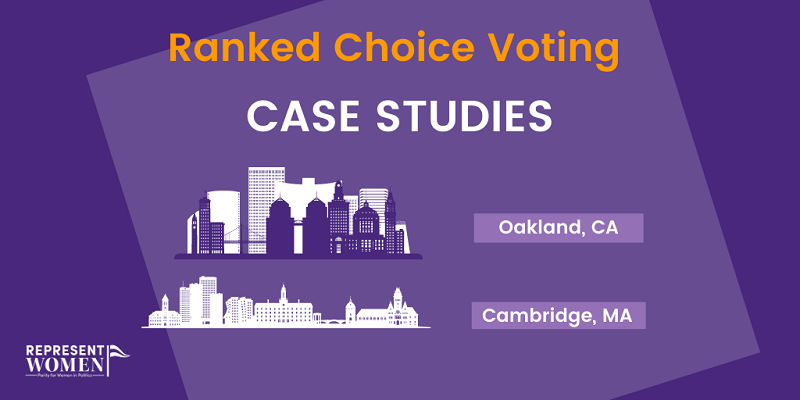
Next week the team at RepresentWomen will be releasing our new report on outcomes for women and people of color in jurisdictions with Ranked Choice Voting—we are working hard to find ways to deliver the data that make sense!
Here are a couple case studies that illustrate the numbers:

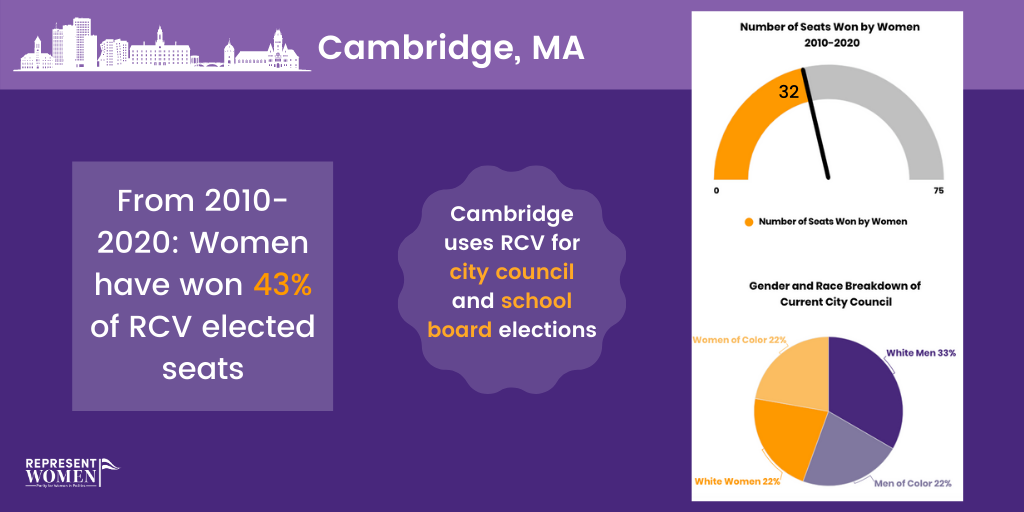
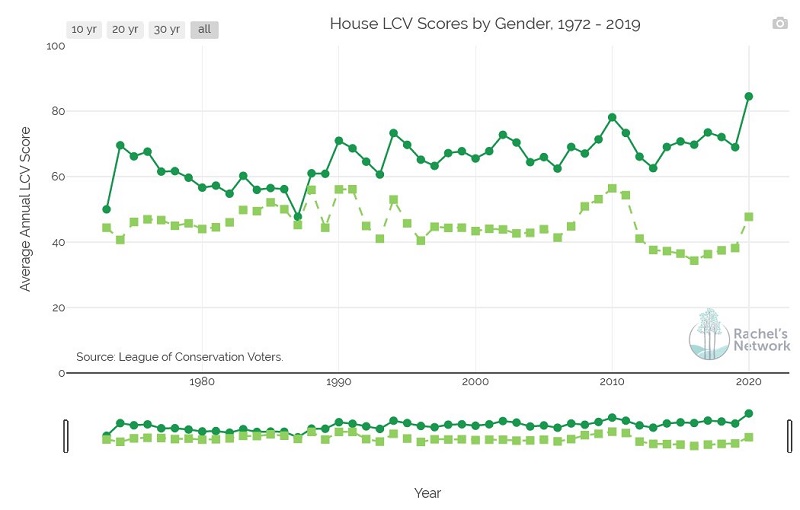
Our friends at Rachel’s Network have released a new report When Women Lead that tracks the environmental voting records of all members of Congress going back to 1972—this is a terrific resource and should serve as a model for additional study:
Although women hold more seats in Congress than ever before, they are still significantly underrepresented in federal policymaking. Our report When Women Lead shows that this disparity has serious implications for conservation, public health, and environmental policy.
When Women Lead examines the environmental voting records of members of Congress by gender going all the way back to 1972. We’ve recently updated our website with new, interactive data and the results are clear:
Women in Congress vote for legislation supporting clean air, clean water, renewable energy, climate action, and public health much more often than their male counterparts.

Maura Reilly wrote about another round of terrific speakers for CREW‘s upcoming Suffrage Centennial celebration and wrote about women who have run for the presidency including Charlene Mitchell who was the first African American woman to run for the office:
This week we celebrate the 52nd anniversary of Charlene Mitchell running for president; with her nomination on the Communist Party ticket during the 1968 election, Mitchell became the first African-American woman to run for president. Throughout the 1950s and 1960s, Mitchell was a leading member of the American Communist Party, progressing connections with Black labor activists and early Civil Rights groups.

At the time of her nomination, many contemporary media commentators believed Charlene Mitchell’s nomination and the Communist ticket as a whole, was what the Chicago Tribune described as an attempt to “dramatize what the Communists perceive to be the nation’s major discontents.” The media narrative surrounding Mitchell’s presidential run was a common narrative which plagued the many women who ran for the presidency throughout our country’s history, portraying the women running as under qualified protest candidates.
Despite the coverage of Charlene Mitchell’s presidential run, the scaled-down campaign operation which ran out of a bookstore in Cambridge, MA, and only winning 1,075 votes nationally, Mitchell remains one of a handful of women of color who have run for president and the only to receive her party’s nomination. And although Mitchell was the first woman of color to run, she was not the first woman.

Please mark your calendars for RepresentWomen‘s Summer Speaker Series and look for links to register for these webinars on our social media platforms:
- Tuesday, July 14th, 12:00- 1:15 pm RepresentWomen 101—In this introduction to our speaker series, we will discuss statistics on women in elected positions, the challenges we face, and our solutions, while sharing RepresentWomen’s mission. Register here!
- Tuesday, July 21st, 12:00-1:15 pm Ranked Choice Voting—For our second talk, we will discuss RepresentWomen’s RCV 2020 Report, the benefits of ranked choice voting, and ways in which RCV can be implemented in organizations, schools and governments.
- Tuesday, July 28th, 12:00-1:15 pm PACs and Female Candidate Support—In our third session, we will talk about the influence PACs have in politics, how female candidates are affected by the lack of PAC support and how we can close the gap for female candidates, specifically Republican women and women of color.
- Tuesday, August 4th, 12:00-1:15 pm Intro to Systems Strategies & Women in Politics—In our fourth talk we will discuss how to get involved in politics and efforts to advance women’s representation and leadership across all levels of government.
- Tuesday, August 11th, 12:00-1:15 pm International Women’s Representation—In our final session, we will explore women’s representation worldwide, answer all your questions about why other countries are electing more women to office faster than the US, and discuss the leadership of women heads of state.
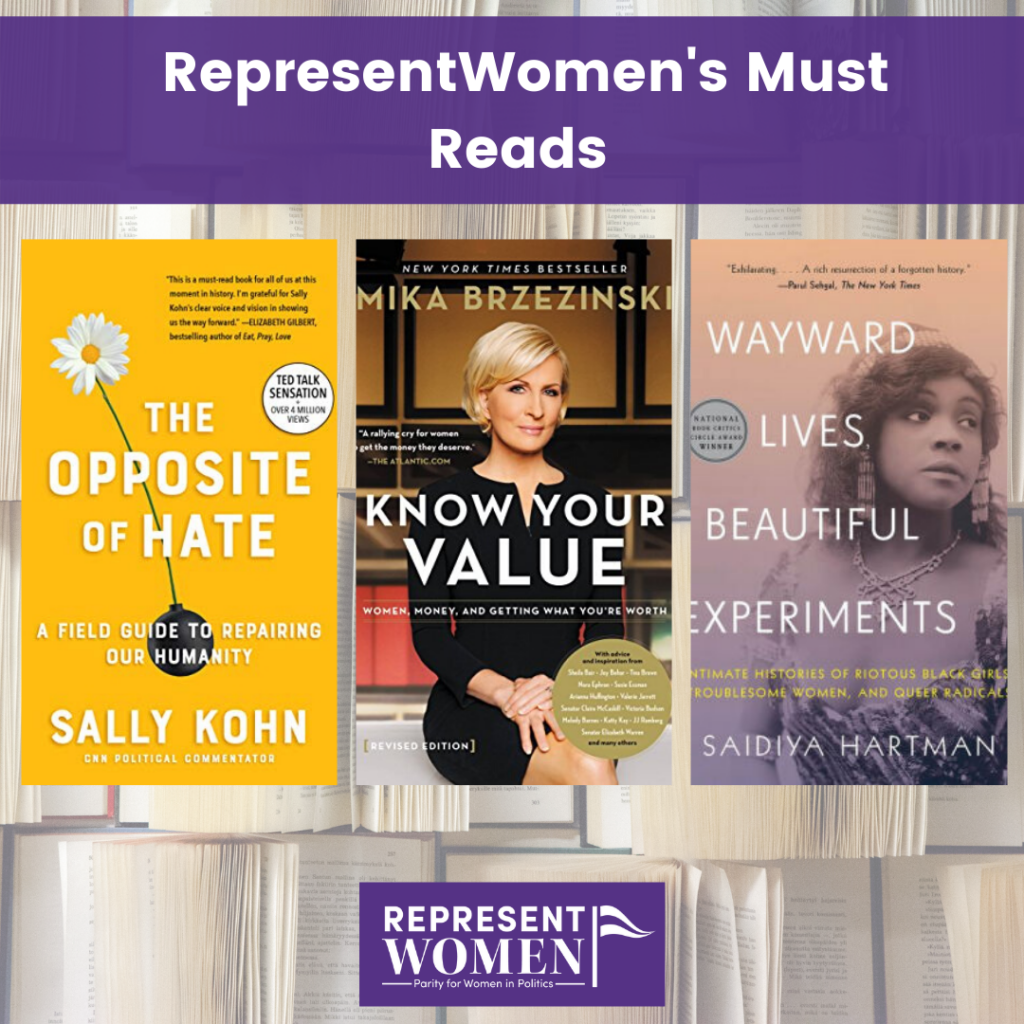
My garden is flourishing, despite the heat: Cucumbers, tomatoes and beans are all ripe while lemon lilies and water lilies offer blasts of color.







